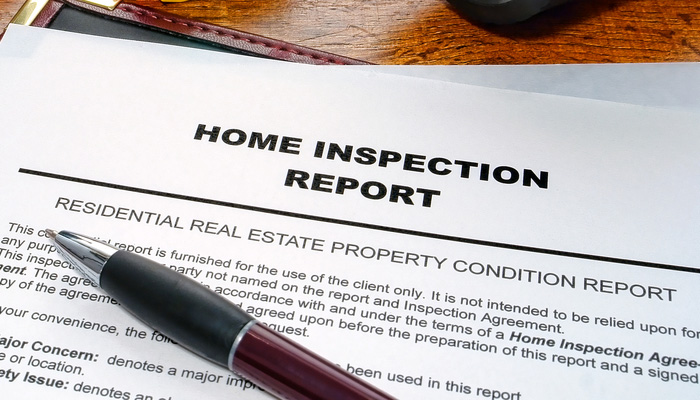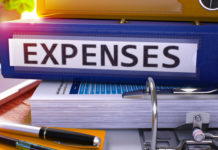The home inspection is an important part of buying a home. The buyer should know exactly what they’re getting into—but the process can be confusing even at the best of times. Here’s a quick rundown of what to expect. While this isn’t a complete home inspection checklist, it does hit all the highlights.
Roof & Attic
Starting at the top, the inspector will do a visual examination for missing shingles, poorly maintained gutters, or other issues with the roof. They’ll also check out the attic, if applicable, for additional signs of damage or leaks. However, a home inspector may not be certified to do a full roof inspection, and many will not get up on the actual roof if it poses a potential safety risk.
Foundation
Issues with the foundation are often very expensive to fix, and the buyer needs to know immediately if there are cracks or other indicators of problems. The inspector will check out the exterior of the foundation as well as the basement or crawlspace—but, as with the roof, they usually won’t inspect a crawlspace that seems unsafe or too difficult to access.
Other Structural Issues
The inspector will look for telltale signs of problems such as sagging or bowing in the roof or walls, misaligned windows, cracks in the interior walls, and so on. Many inspectors will also check to see if the lot has proper drainage and adequate driveway and walkways.
Appliances & Electrical
If the appliances convey, the inspector will make note of their age and condition. They’ll also examine the electrical outlets, breakers, and wiring to ensure that everything is up to code. However, some inspectors won’t move large pieces of furniture to check on outlets.
Ventilation
The HVAC system should be thoroughly inspected. That includes the furnace, air conditioner, ducts, vents and returns, and any fireplaces. Make sure to pull the filters, too! They can tell a lot about the health of the home’s heating and cooling system.
Plumbing
Rusty pipes, leaks, water damage, poor water pressure, and toilets that just won’t flush—in other words, nothing a buyer wants to discover in a home. The inspector will check out common danger areas for plumbing problems.
Hidden Damage
This is one of the most important items on the home inspection checklist. Signs of previous damage can be covered up, but an expert inspector will discover the clues. Blackened wood from an undisclosed fire, for example, or stains from flooding can indicate trauma to the home that was not properly repaired.
What They Don’t Check…
While most home inspectors do a thorough job, there are some things they just don’t put on a home inspection checklist. Here’s a brief rundown of what they don’t inspect, as a rule: asbestos, methane, radiation, radon, formaldehyde, termites, mold, rodents, or lead. Those require special certification and lab testing. Many home inspectors also will not look at outdoor pools (beyond basic function and cleanliness), septic systems, or wells.












